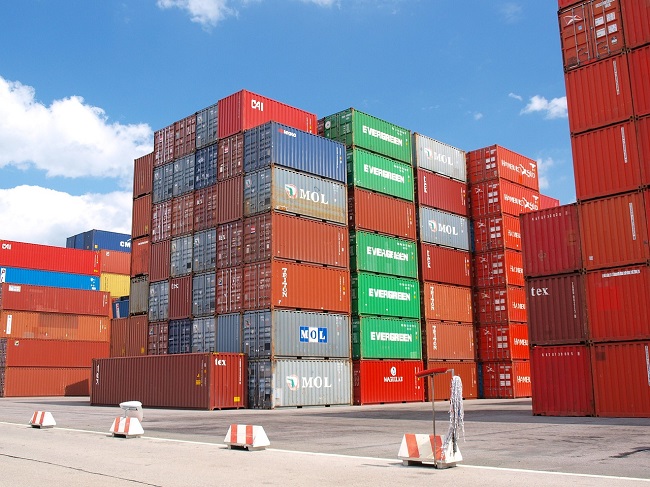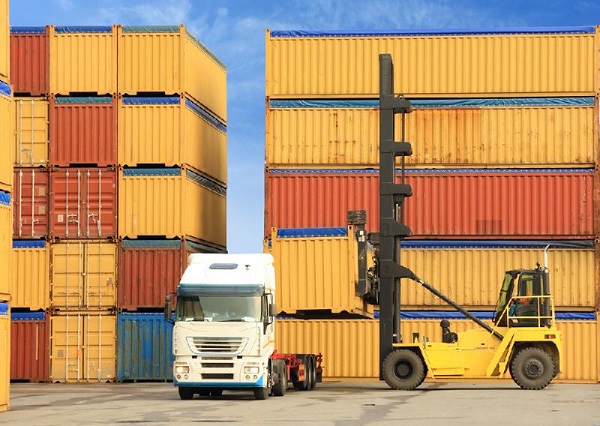What are the "case" charges involved in shipping?
 Apr 08, 2024|
Apr 08, 2024| View:69
View:69In the sea freight, in addition to the sea freight and shipping company requirements of the surcharge, involving container related expenses are also very common. Today for the freight forwarders small white people talk about a few common "box fee"!
Drop box charge
When the box comes into the port, the wharf has not been opened to receive the box, so it cannot come into the port. The team can't keep this box on the collection card all the time, there are other boxes to tow, so they will find a place to drop the box, and drag it in when the port area opens. In this case, a drop-off charge will be incurred.
Withholding box fee
In special circumstances, it is usually necessary to pick up the case before the normal date of picking up the case, so as to obtain the case number, fill in the manifest or other information. The cost incurred at this time is called the withholding box fee.
The difference from the drop box
1. Scope of action
The withholding case is usually used on the goods bound for the US line.
Drop-off charge is an expense incurred in exporting.

2. Reasons for action
The withholding fee is due to AMS(anti-terrorism surcharge), which is limited by the AMS deadline. The loading work may be just after the AMS deadline, but AMS needs to provide the container number when sending the shipping manifest. So in this case, you must first pick up the box and put it in the yard.
The drop-off charge is that when the boxes are about to enter the port, due to some reasons of the port area or the shipping company, the port area has not started to collect the boxes and the port has not opened. The people in the convoy will find a place to drop the boxes and drag them in when the port area opens.
3. Cost bearing
Withholding box fee: guest.
Drop-off FEE: IF it is the reason of the team, the team will bear the cost, if the guest has a problem, it should be charged to the guest.
Box holding charge
In order to speed up the circulation of containers and avoid backlog, shipping companies have set a free use period for containers. In this time limit, the goods occupy the container can be free, exceed the time limit, the goods occupy the container will need to pay a fixed fee, this is the "detention fee".
The detention fee shall be calculated on a daily basis. For export, it is usually 7 days. There is often a hold-up fee in the import. The case can be used free of charge within a few days (say ten days) after the ship has docked, and a fee will be charged after the specified time. Therefore, after the ship arrives at the port, it is necessary to complete the import customs clearance and arrange the delivery of goods in time, and return the empty boxes to the place designated by the shipping company in time. The free use time of special boxes is shorter. Of course, different shipping companies have different regulations, the specific number of days to ask the shipping company. If it is the customer's SOC box, there is no hold-up fee.

Advance entry charge
After packing, the container of the ship has not opened the port, and the wharf is not allowed to enter the port. The cost of early entry if the application is granted.
The opening day of the port has not arrived, and you are in a hurry to finish the operation in advance. How to choose between the pre-entry charge and the drop-off charge?
The drop-off fee depends on the fleet, which charges different rates and rises during peak periods. Pre-entry is generally more fixed and certainly cheaper than drop-off, but not all port areas can pre-entry. From the perspective of safety, it is also preferred to pre-enter the port, which can avoid emergencies the next day and has high safety.
Dumping charge
The cost of moving the container. The dumping charge is usually due to the change of ship. Generally, the position of the container on the ship is planned. Once the ship changes, it is inevitable to dump the container. For example, in the process of shipping, each sea area has requirements on the tonnage and route of ships. Some ships are not suitable for certain sea areas or do not take certain routes, or it is not economical to take certain routes, which will cause goods to be transferred to other ships.
The costs involved in sea transportation are many and complex. In order to avoid additional costs and increase costs, it is very necessary to understand the use of these costs and common precautions!

 +86-21-61406313
+86-21-61406313 Login query
Login query
 Login query
Login query



